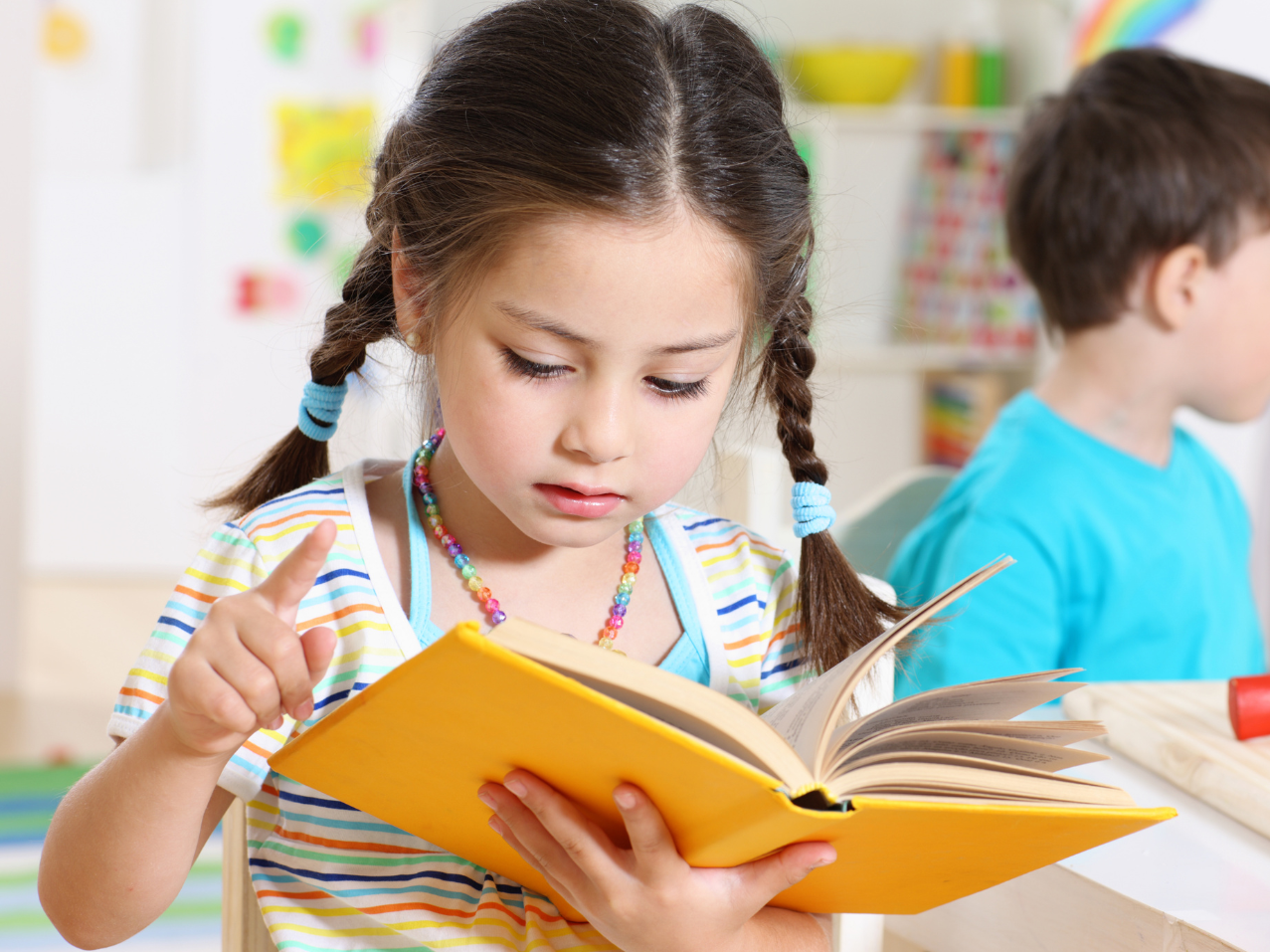Menu
-
-
Shop Holiday Items
-
Shop Gifts By Age
- Gifts For a 0-6 Month Old
- Gifts For A 6-12 Month Old
- Gifts For A One Year Old
- Gifts For A Two Year Old
- Gifts For A Three Year Old
- Gifts For A Four Year Old
- Gifts For A Five Year Old
- Gifts For A Six Year Old
- Gifts For A Seven Year Old
- Gifts For An Eight Year Old
- Gifts For A Nine Year Old
- Gifts For A Ten Year Old
-
Shop Gifts By Budget
- New Arrivals
-
Toys
- Large Active Toys
- Animal Toys
- Arts & Crafts
- Award-Winning Toys
- Bath Toys
- Birthday Wishlists
- Building Toys
- Cars, Trains, & Trucks
- Games
- Instruments
- Loose Parts Play
- Loot Bag Toys
- Made in Canada
- Outdoor Toys
- Pretend Play
- Puzzles
- Sensory And Fidget Toys
- Sensory Bin Tools & Fillers
- STEM Toys & Activities
- Toronto-Themed Gifts
- Travel Toys
- Wooden Toys
- Waiting Room Toys & Furniture
-
Montessori Materials
- Montessori At-Home Program
-
Montessori Furniture
-
Bundles & Sales
-
Books
-
Shop By Age
-
Shop By Brand
- Brands A-F
- Brands G-L
-
Brands M-R
- MagicPlaybook
- Magna Tiles
- Make Believe Ideas
- Makedo
- Manhattan Toys
- Math for Love
- Milaniwood
- MindWare
- Mojo Toys
- Moluk
- Moulin Roty
- Native Northwest
- nic
- Nienhuis
- Ooly
- Opinel
- Ostheimer
- Papoose
- Peaceable Kingdom
- Plan Toys
- Plus-Plus
- Preschool Collection Watches and Timers
- Ravensburger Puzzles
- Real Life Pages
- Brands S-Z
-
- 866-901-4696
- Gift Registry
- Login


3 Montessori Math Activities for Toddlers
2 min read
Children are naturally drawn to foundational math skills - sorting, ordering by size, pattern recognition, etc
They are naturally curious, little scientists, eager to learn about the world.
So teaching basic numeracy is really not too hard - with practice.
Here's how Montessori educators teach counting and number symbols.
START HERE - One-to-One Correspondence
In the toddler classroom, teacher's begin by introducing children to one-to-one correspondence.
You can also easily do this at home.
One-to-one correspondence is when you count each object in a set once, and only once, with one touch per object, ensuring that no item is left out or counted more than once.
This concept is crucial for developing accurate counting skills and lays the groundwork for more advanced math concepts.
Here are some examples of how this is taught in the classroom:
1. Sorting Objects into Slots:
Children are provided with an equal number of objects and slots. The child puts one object in each slot, learning that one slot = one object. You can do this at home with a muffin pan and 12 objects.
2. Setting the Table with a Montessori Placemat:
You can buy a placement like this one or print and laminate this printable one.

Children set their tables and learn that the outlines indicate where each one of the place setting items go.
One outline for a fork = one fork, one outline for a spoon = one spoon, etc.
3. Counting:
Once your child understands one-to-one correspondence, number symbols can be introduced.
This can be done with Montessori Math materials, like the Spindles Box and Cards and Counters for children 3 years+.
These materials provide the child with a visual of the number symbol to match the quantity.
You can make similar versions of these Montessori Math Materials at home. You can also simplify them for younger children.
This Visual Counting Printable is perfect for the home.
Count everything!
During this period of learning - count everything!
In the classroom, children would count things like:
- how many cheerios they have in their bowl for snack
- how many chairs there are in the room (one for each child)
- how many shoes on their feet, etc.
Once you start, it’s easy to develop the habit of integrating counting into play and everyday activities.
In the toddler years, learning math skills should be fun. Keep it light.
For more ways to develop early math skills (besides counting and number symbols), this blog post from last year has even more activities: The Montessori Approach to Teaching Math
"Teach By Teaching"...
What’s important to remember when teaching children math skills is the Montessori motto "teach by teaching, not by correcting."
If your child touches an object more than once or skips numbers, it’s okay.
Simply repeat the activity over and over again until your child figures it out.
This is why materials like sorting trays and placemats with outlines can be so helpful, the materials will automatically correct the child, eliminating the need for adult intereference.
For example, if the activity is sorting 12 pom poms into a muffin tray, the child will know they made a mistake if there's one pom pom left over at the end or if they run out of pom poms before they reach the last cup.
Join Our Montessori Community
Sign up to get weekly activities, free printables, Montessori parenting guidance, and so much more.
Plus, get $10 off your first order of $100+.
Like this article? Get new articles, weekly activities, free printables, Montessori parenting guidance, and so much more.
One mom recently shared:
"Your newsletter is always SO great. It is one of the few I open and read weekly. You provide so much value. Thank you!"



